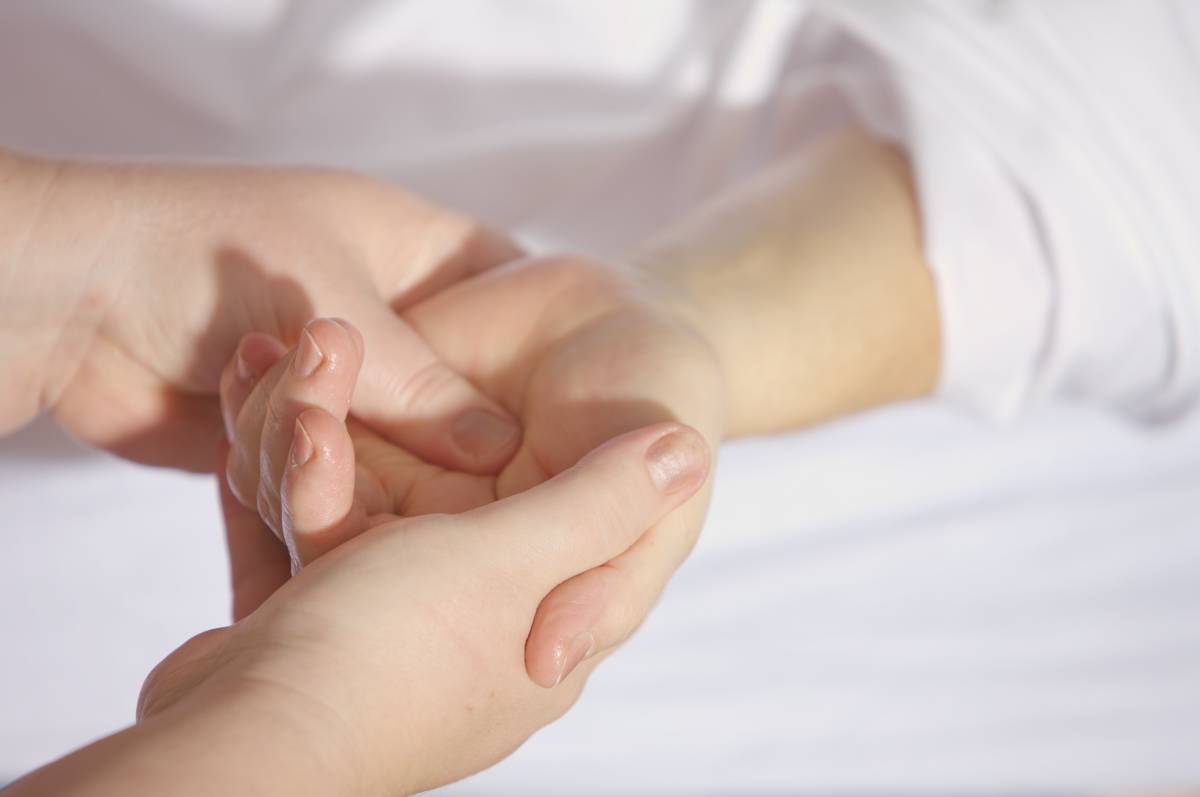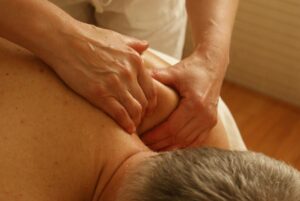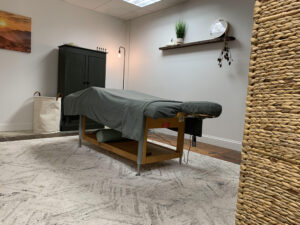Massage therapy has been around for thousands of years and many have been touched by the
great healing effects of this therapy. Over the course of time, certain misconceptions have
arisen from lack of understanding and limited research for the massage therapy industry. Since
its growing accreditation since 2008, where therapists must be licensed through the state to
practice lawfully, it has been seen as more of a valid therapy and is even being referred to by
Chiropractors, Physical Therapists, and even Doctors.
Although we are still discovering new facts inside the great world of massage, there are some
things that have been disproven.
Let me cover a few common untruths.
Myth #1: Massage therapy is a luxury.
It’s a “pamper” day at the spa with the girls, right?
While getting a massage can be very relaxing, it is not just a luxury. In fact, massage therapy is
not just for the wealthy or a way to spend time relaxing on vacation.
Massage is a way to manage daily stress, attend to tight and sore muscles, and a great self
care regiment.
Here are just some ways that massage therapy is a great aid to your overall health:
- Pain management: It can effectively reduce acute and chronic pain by addressing muscle tension
- Manage Daily Stress – It has been proven to reduce symptoms of anxiety and depression by lowering cortisol and increasing serotonin and dopamine
- Improved Flexibility: Regular massage can increase flexibility, reduce muscle soreness, and prevent injuries
- Encourages Homeostasis: It helps reduce inflammation, improve circulation, and break up scar tissue to aid in any traumas such as old injuries
Although massage can be very relaxing and feel like a great way to pamper yourself, it is much
more than that. It can be a great regiment to keep your body and mind healthy and cared for.
Myth #2: A good massage has to hurt.
The “no pain to gain” myth is a dangerous one and probably the most common one I hear from my clients. Pain is not an indicator of a good massage. While deeper, targeted work has its place and can produce a feeling of discomfort or a “hurt so good” feeling, it should never cross over the threshold into pain. You will know the pressure is too much when you are having a difficult time breathing through the bodywork. At that point the massage is actually counterproductive as the pain is a sign that your muscles are tensing up.
Massage therapy focuses mainly on the musculoskeletal system. However, the nervous system is just as crucial when working with the body. There is often an artistic balance of soothing pressure and therapeutic work. If you are relaxed then the bodywork can be more effective.
We really like our “sore spots” addressed and pressure feels good on tight muscles. A good therapist will warm up the tissue first and gradually increase the pressure to provide a better experience for the client.
Also, finding a healthy balance of relaxing and therapeutic work will help minimize extreme
soreness days following the session. Additionally, a knot will not always release in just one bodywork session. An experienced therapist should know when it is time to move on from a knot that is not releasing as it will only
frustrate the muscle and cause unnecessary pain and soreness. Knots usually are created over the course of many days, even years, and will potentially take multiple sessions to work out.
In fact, effective work can be done with little pain. So, pain is not an indicator of effective bodywork.
Myth #3: You need to be in pain to get a massage.
Waiting until you’re in agony to book a massage is like waiting for your car to break down before you get an oil change. Regular, preventative massages are a powerful tool for maintaining your health and preventing problems before they start. Just like exercise and healthy eating, incorporating massage into your wellness routine can help you manage stress, prevent muscle imbalances, and keep your body functioning at its best.
Myth #4: Getting a massage removes toxins from your body.
Make sure you drink plenty of water after your massage, right?
Not necessarily.
There are 4 ways our bodies remove toxins:
- Urination
- Defecation
- Exhalation
- Perspiration
Our bodies do a really good job at this. We do not, as therapists “remove toxins” from the body. It has been said that we as therapists dislodge toxins built up in muscles while performing massage. There is no scientific evidence to back up this claim. However, what does happen during a massage is a lot of blood and lymph are moved around, increasing circulation. Also muscle tension and stress are soothed and relieved.
So, go ahead and drink some water after your massage if you’re thirsty. You will be doing a service to yourself by hydrating, but you will not be flushing out the toxins from your massage therapy session.
Myth #5: You have to remain silent for the duration of the massage session.
While silence is often best for you to tune in and listen to your body, it is not necessary to be quiet the whole time. It may be important at times to speak up.
Here are some reasons why you may want to talk during your massage session:
- You are Feeling Hot or Cold – temperature of rooms vary and if you have a heated blanket or table, a fan in the room or if the therapist is using hot stones for example, your body heat will be affected. Also, your body’s temperature will naturally fluctuate during the session anyway from your change in blood pressure as you relax. You will want to let your therapist know so they can make the adjustments necessary for you to be comfortable
- The Pressure is Too painful – while you may have communicated beforehand what type of pressure you wanted, your therapist hit a really sore spot and is really digging in. It is no longer enjoyable and you begin to hold your breath. It’s time to let them know
- You Have a Question – most therapists won’t mind if you have a question here or there and you can discuss what they are finding or noticing in your body
- You are Feeling Uncomfortable – for whatever reason, you begin to feel uncomfortable. You have every right to stop the session at any time
So, the next time you are lying on a massage table receiving a lovely massage, you will hopefully be more informed about what it’s all about and how to better approach it. You may even want to book a massage now, before you’re in pain! Hopefully we have unknotted some common myths today about massage therapy and you are feeling more equipped in your health journey. Stay loose!




